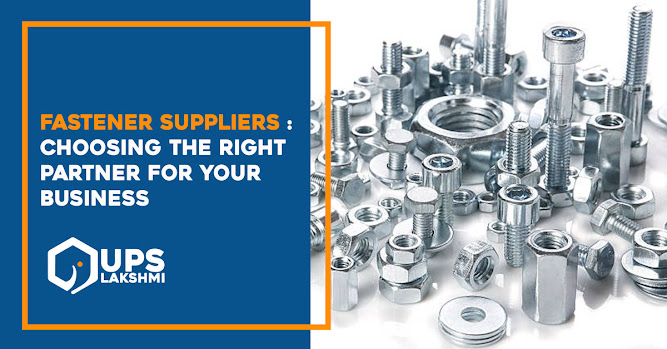Types of Threaded Fasteners and Their Applications
Threaded fasteners are essential components in mechanical and engineering systems that are used to join two or more parts together. There are various types of threaded fasteners available, each with their unique design and application. Some of the most common types of threaded fasteners include:
1. Bolts: Bolts are threaded fasteners that are used to join two or more parts together by passing through a hole in the parts and being secured with a nut on the other side. They come in different shapes and sizes and can be made of various materials such as steel, stainless steel, and brass. Bolts are used in a wide range of applications, including construction, automotive, and industrial equipment.
2. Screw fasteners: Screws fasteners are similar to bolts, but they do not require a nut to secure them in place. They have a tapered or pointed end that is used to thread into a hole or a pre-threaded part. Screws are used in a variety of applications, including woodworking, electronics, and automotive.
3. Nuts: Nuts are threaded fasteners that are used to secure a bolt or a screw in place. They come in various shapes and sizes, including hexagonal, square, and round. Nuts are made of materials such as steel, brass, and stainless steel and are used in a wide range of applications, including construction and automotive.
4. Washers: Washers are thin, flat, circular discs that are used to distribute the load of a threaded fastener over a larger area. They are placed between the nut or bolt head and the surface of the part being fastened. Washers come in various materials, including steel, brass, and nylon, and are used in applications where vibration or movement may cause the fastener to loosen.
5. Studs: Studs are threaded fasteners that are used to join two parts together without the need for a nut. They have threads on both ends and are inserted through holes in the parts being fastened. Studs are commonly used in applications where the parts being fastened cannot be accessed from both sides, such as in engine blocks or cylinder heads.
6. Threaded Inserts: Threaded inserts are small metal cylinders with internal threads that are used to reinforce and provide a stronger threaded connection in materials such as plastic, wood, and composite materials. They can be installed using various methods, including press-fit, heat installation, or self-tapping.
7. Rivets: Rivets are a type of threaded fastener that are used to join two or more objects together permanently. They have a cylindrical shaft with a head on one end and a tail on the other end. The rivet is inserted into a pre-drilled hole in the objects being joined, and the tail is then deformed using a rivet gun to create a permanent connection.
8. Anchors: Anchors are a type of threaded fastener that are used to secure objects to a wall or other surface. They are typically made from plastic or metal and are designed to expand as the screw or bolt is tightened, creating a secure and stable connection. Anchors are commonly used in applications where a strong and secure connection is required, such as hanging shelves or other objects on a wall.
9. T-nuts: T-nuts are a type of threaded fastener that are used to secure objects to a T-slot or other similar slot in a material. They are typically made from steel or aluminium and have a flat base with a threaded shaft that extends upwards.
Threaded fasteners are an essential component of mechanical and engineering systems. The type of threaded fastener used depends on the application, material being fastened, and other factors. Bolts, screw fasteners, nuts, washers, studs, and threaded inserts are some of the most common types of threaded fasteners used in various applications.
A fastener manufacturing website is Universal Precision Screws (UPS). This site has the best quality nuts, bolts, screws, and fasteners. UPS has not only established their name in the market as a brand which has premium quality products but is also known for its impeccable customer management. To know more visit their website- https://www.upsind.com/




Comments
Post a Comment